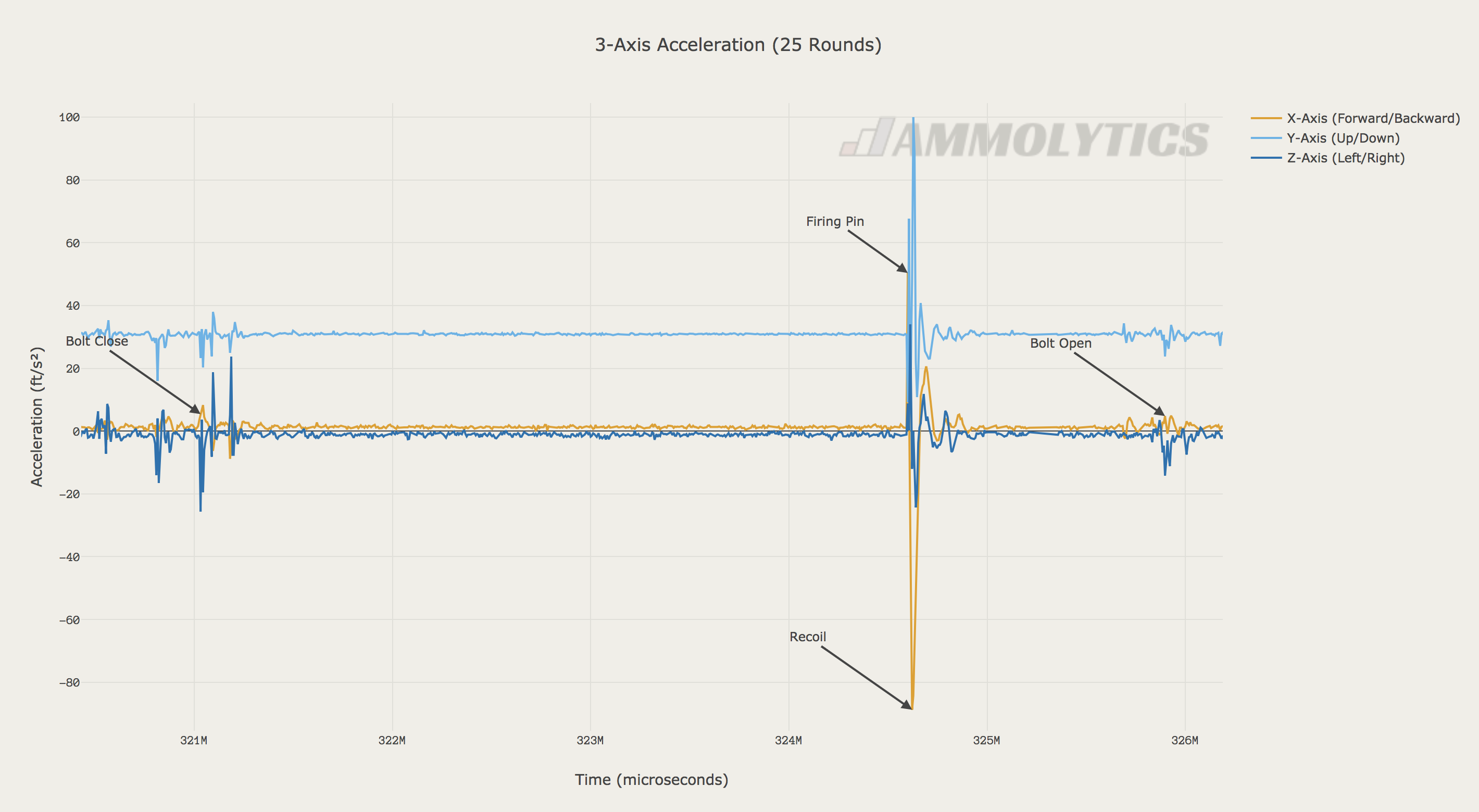You don't use any tape for setting the headspace. Use the go gauge....insert the gauge and close the bolt and then screw the barrel up to the gauge till it stops. Not tight, just till it stops. Tighten the nut. The nut will tension the threads and create another .0015- .002" clearance. There's your .002" set back. If you want assurance, check it with a piece of plasti-gage, it will tell you exactly how much clearance you have.





 Reply With Quote
Reply With Quote




Bookmarks